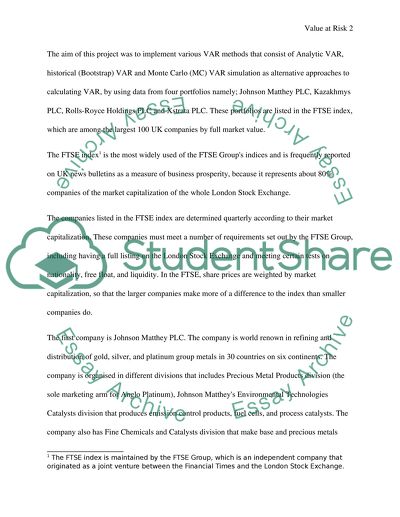Cite this document
(“Analysis of the 260-day Value at Risk (VAR) of a portfolio of four Assignment”, n.d.)
Retrieved from https://studentshare.org/finance-accounting/1394144-analysis-of-value-at-risk
Retrieved from https://studentshare.org/finance-accounting/1394144-analysis-of-value-at-risk
(Analysis of the 260-Day Value at Risk (VAR) of a Portfolio of Four Assignment)
https://studentshare.org/finance-accounting/1394144-analysis-of-value-at-risk.
https://studentshare.org/finance-accounting/1394144-analysis-of-value-at-risk.
“Analysis of the 260-Day Value at Risk (VAR) of a Portfolio of Four Assignment”, n.d. https://studentshare.org/finance-accounting/1394144-analysis-of-value-at-risk.


